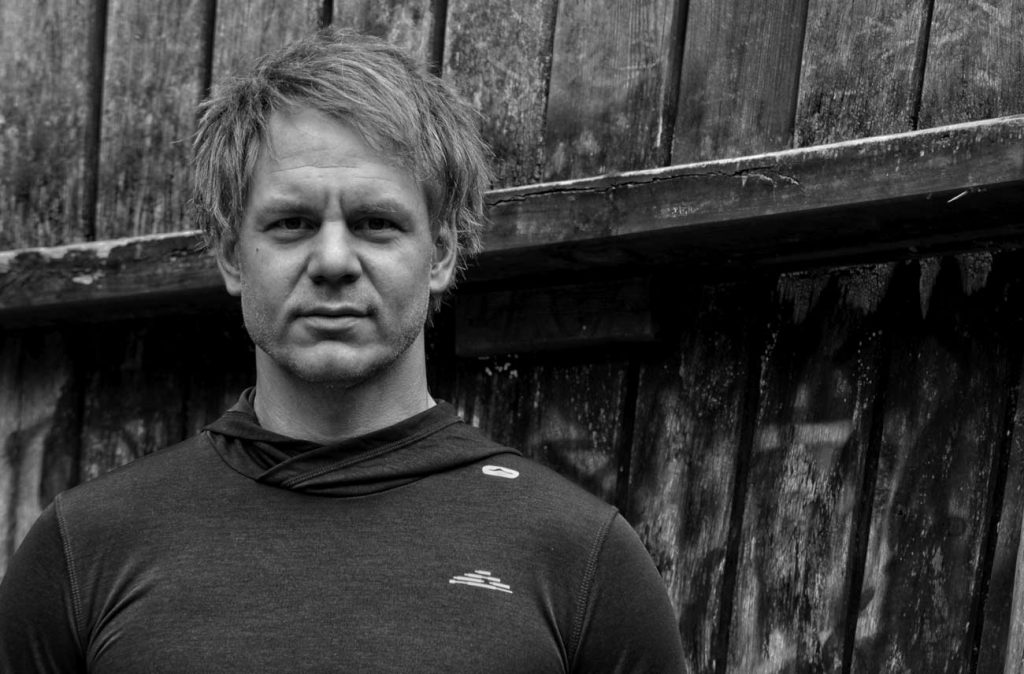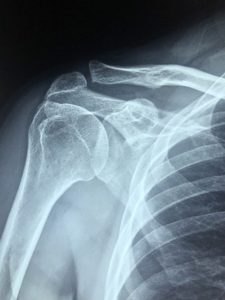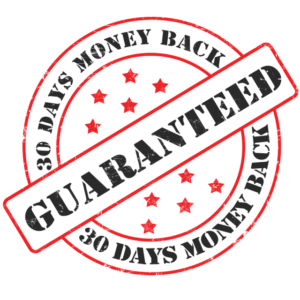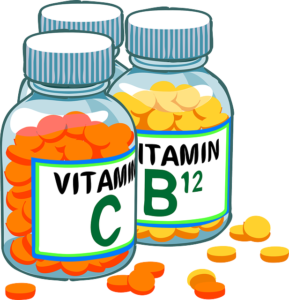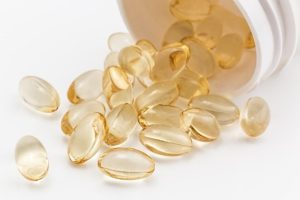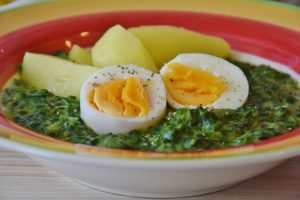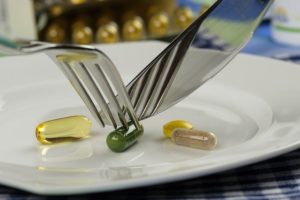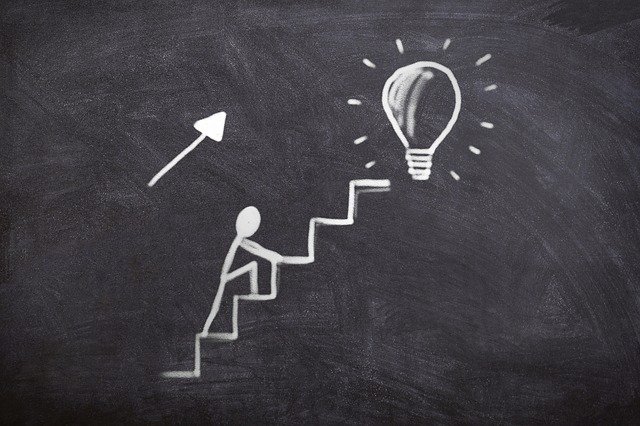The pain relieving specialist explains: One of the renowned medical journals “The Lancet” warns of counterproductive treatments when back pain occurs. That is also my opinion. I published the first part of this article at the end.
To get the big picture, I highly recommend reading this article. ![]() I link to the relevant studies, below.
I link to the relevant studies, below.
The Lancet” was founded almost 200 years ago, in 1823, and is one of the most influential journals in the medical field. Lets jump into part II.
Today, I will refer to known studies on what is useful in the case of back pain and what has not been proven to be effective. Be curious. I am only presenting the study situation here and giving my opinion on it!
It can happen that doctors do not give the patients useful advice. For example, a large-scale study on back pain by the “Bertelsmann Foundation” found that 47 percent of all patients were told by their doctors that their back was “broken” and “worn out”.
My opinion on this: “This puts additional psychological pressure on the affected person.” It was also found that many of the doctors advice also has a counterproductive effect.
43 percent of the patients were advised to rest and take it easy. The desire for healing is thus reversed into the opposite. Today it has been proven that gentle and moderate exercise is in many cases the best way to do something against back pain in the long run. Exaggerating the diagnosis to the extreme, in the case of pain, also places an additional burden on the patient, to no small degree.
At least that is what studies at the Universities of Washington and Nottingham and the Cleveland Clinic have found. Let us now turn to the therapeutic measures that are recommended. Much of it brings little or nothing.
This has been clearly demonstrated in a meta-analysis by the University of Sydney and a Cochrane meta-analysis. For the treatment of non-specific back pain (i.e. pain where no real cause could be identified), on the other hand, a combination of movement and behavioural therapy has proved to be very effective. The following have proven to be less successful in treating non-specific back pain: progressive muscle relaxation, heat therapy without professional guidance, manual therapy, massages, occupational therapy, back training and acupuncture.
“As I said, this is what has been found out in studies. I am only show the results.” Interferential current therapy, kinesiotaping, short-wave diathermy, laser therapy, magnetic field therapy, percutaneous electrical nerve stimulation (PENS), cold therapy, transcutaneous electrical nerve stimulation and therapeutic ultrasound are not recommended for the treatment of non-specific back pain.If the pain becomes unbearable, painkillers can be taken temporarily to relieve it.
However, contrary to earlier recommendations, paracetamol and flupiritin are now strongly discouraged due to possible side effects.
Studies by the universities of Sydney, New South Wales, Beijing and Zagreb have shown that the risk of liver damage and even liver failure is too high. However, there were hardly any adverse effects when opioids were given for a maximum of 4 to 12 weeks.
Question: What is the main active ingredient of the painkiller “PANADOL”, which is very well known in Ireland? Please do some research yourself ![]()
Important: In order to avoid serious pain that could lead to more serious complications, you should definitely see your doctor if the pain remains unchanged for more than 3 to 5 days.
By the way, new appointment are avaiable again.
Until then.
Stay strong and ask questions that come up in your mind.
Matti
https://www.thelancet.com/journals/lancet/article/PIIS0140-6736(18)30489-6/fulltext
https://www.thelancet.com/journals/lancet/article/PIIS0140-6736(18)30480-X/fulltext


